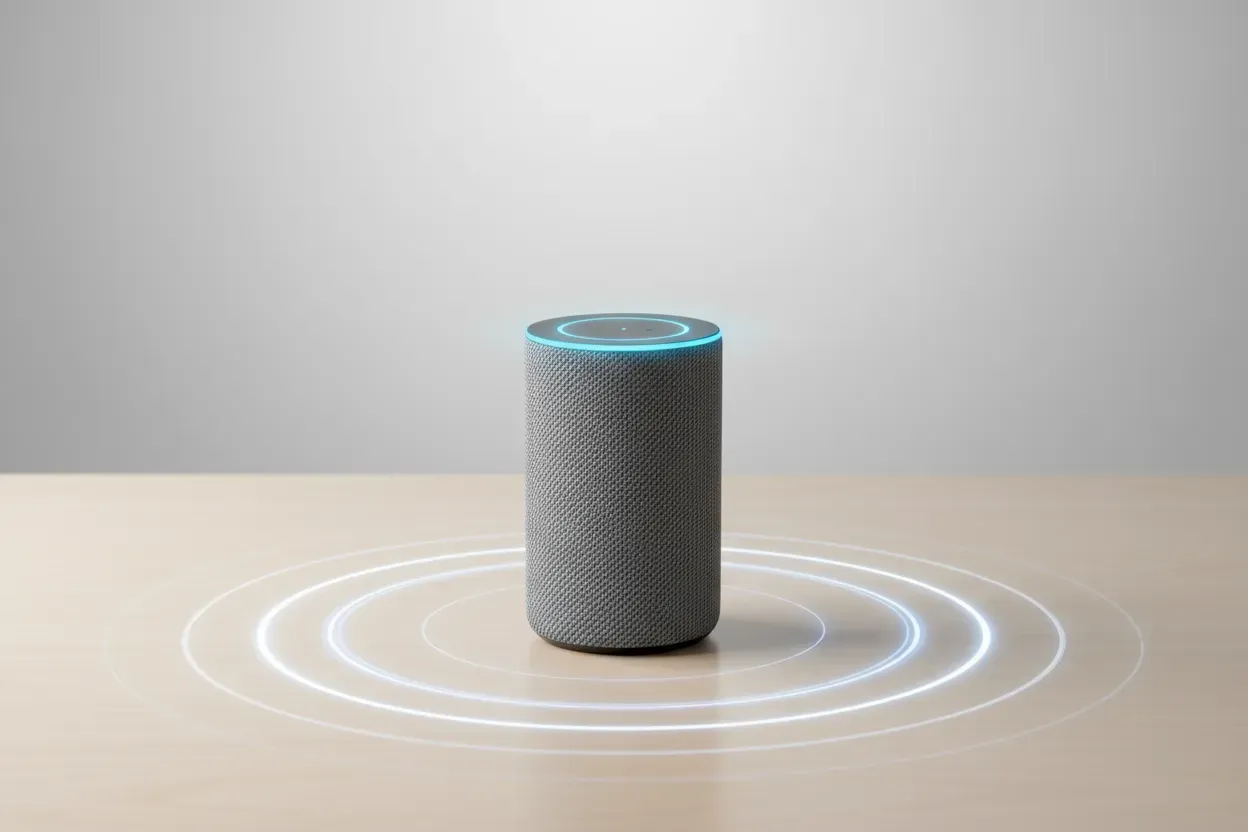Artificial intelligence is reshaping creative industries in ways that both excite and unsettle artists. For illustrator and visual development artist Lilly Hourani, the conversation is not only about technology but also about how originality, perspective, and human connection continue to drive storytelling.
Hourani has built her career in concept art and visual development while also pursuing independent projects. Having lived on three continents, she brings a wide range of cultural influences to her work. This background gives her a unique vantage point at a time when the lines between human creativity and machine output are becoming blurred.
AI and the Creative Process
The entertainment industry is already experiencing major shifts due to AI. Some studios have reduced departments, while freelance artists are facing more competition. Hourani acknowledges that the disruption is real, but she believes the human touch cannot be replaced.
Her argument is simple. AI can replicate patterns, but it cannot bring a unique perspective. A human artist filters ideas through lived experiences and emotions, producing a voice that is never quite the same as another. If multiple AI systems were asked to create the best possible film, they might all converge on a similar result that feels technically polished but emotionally hollow. A director like Guillermo del Toro or Christopher Nolan, by contrast, would produce something deeply personal and distinct.
For Hourani, this illustrates why AI cannot fully replace human creativity. It can inspire and accelerate processes, but it cannot generate authenticity.
Tradition Meets Technology
Hourani does not reject technology. She experiments with a wide variety of tools, including Procreate, Blender, Procreate Dreams, and traditional mediums. She often combines analog and digital approaches, sketching by hand before scanning her work to refine it with digital brushes.
When developing her children’s book Bird Callers, she briefly used AI to create inspirational reference images for props. However, she was careful to ensure that the final illustrations were entirely her own. She views AI as a spark for ideas, not as a finished product.
Her creative philosophy is built on experimentation. She believes that exploring both digital and traditional tools helps generate originality. For her, dipping into new programs is like trying new materials in a traditional studio. The key is to find a personal voice within the experimentation.
The Story Behind Bird Callers
Hourani’s debut book, Bird Callers, is inspired by her Jordanian heritage and her experience living across different cultures. The story centers on two children from rival tribes who share the gift of bird calling.
The idea came from a tradition she discovered outside Istanbul, where villagers still use bird calls to communicate across long distances without relying on modern technology. The practice fascinated her because it showed how people can stay connected in simple but powerful ways.
The book explores themes of friendship, resilience, and unity. Despite their differences, the two children learn to communicate and form a bond that defies tribal rivalries. Hourani says the story mirrors her own experience of navigating cultures that are both welcoming and divided. The message is that people often have more similarities than differences.
What Audiences Overlook
While audiences often marvel at finished films or books, Hourani believes they sometimes miss the labor that goes into visual development. She notes that large studios tend to favor safe, familiar designs. This can make the industry feel repetitive and predictable.
She warns that AI, if used without intention, could reinforce this trend by standardizing creativity. What is needed instead is boldness and originality. Artists must continue to push boundaries, surprise audiences, and resist the temptation to conform.
Looking Ahead at AI
Hourani recognizes that many artists are wary of AI. Campaigns against it are common, with concerns focused on copyright violations and the devaluation of skilled work. She shares these concerns but also sees opportunities if AI is used responsibly.
Some artists are already blending AI with traditional methods. They generate a base image digitally, then refine it by hand to create something unique. Others, such as storyboard artists, have less to worry about since their work relies on quick intuition, perspective, and improvisation that AI cannot easily match.
Her mentors often remind her that skill is the foundation of a lasting career. No matter how advanced technology becomes, an artist’s ability to tell a story, capture emotion, and respond creatively to challenges will always matter.
What Comes Next
With Bird Callers set to release on October 6, Hourani is preparing to share her vision with readers. She hopes the book will inspire children and adults to recognize their shared humanity and to look beyond prejudice. Alongside the book, she continues to experiment with both digital and traditional art, preparing for exhibitions and pushing her craft further.
Hourani remains optimistic. Technology may evolve quickly, but originality comes from people, not machines. As she puts it, perspective is everything. AI does not have one. We do.
Want more Plugged In? Read more or listen on Apple Podcasts.









